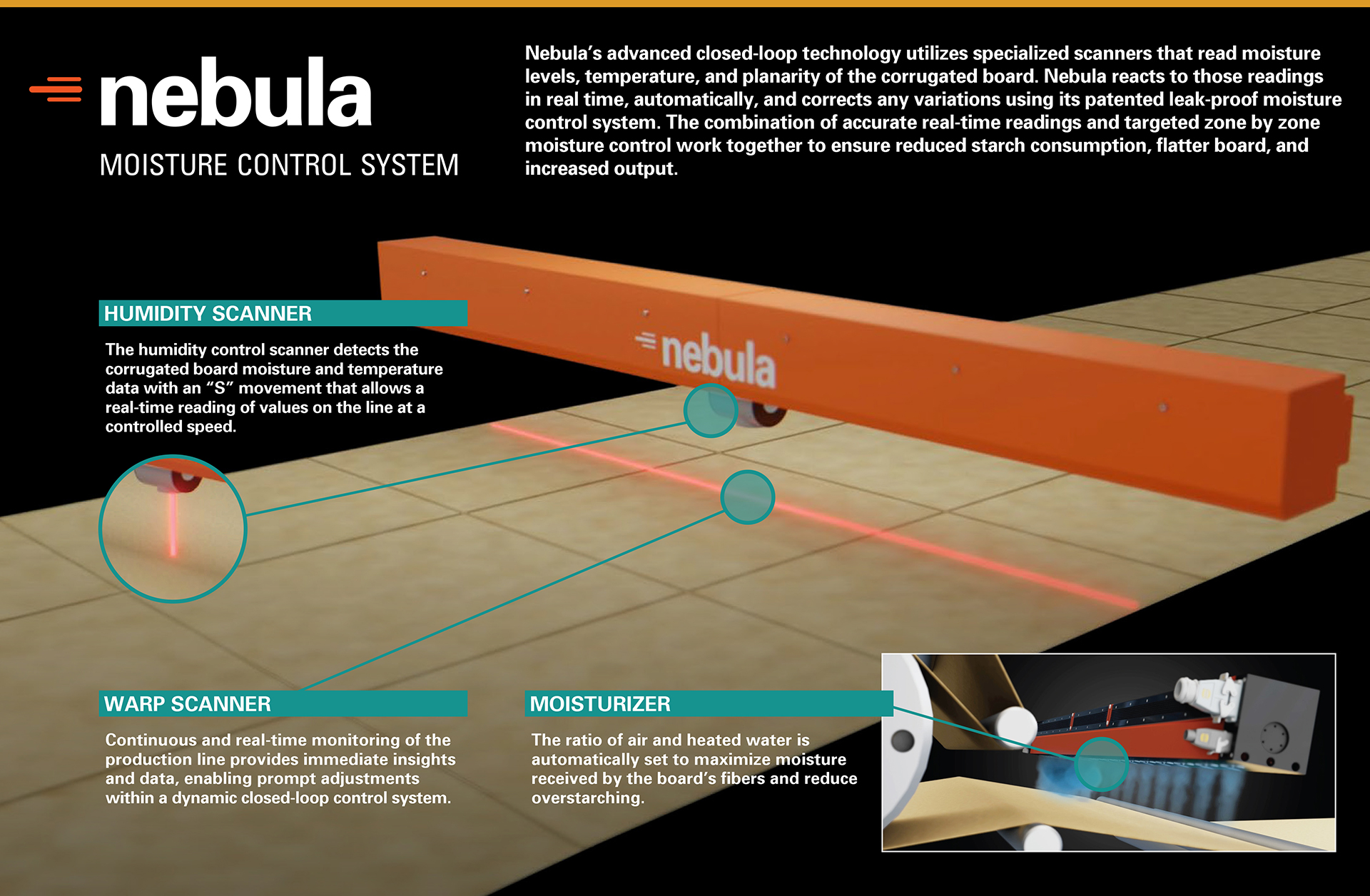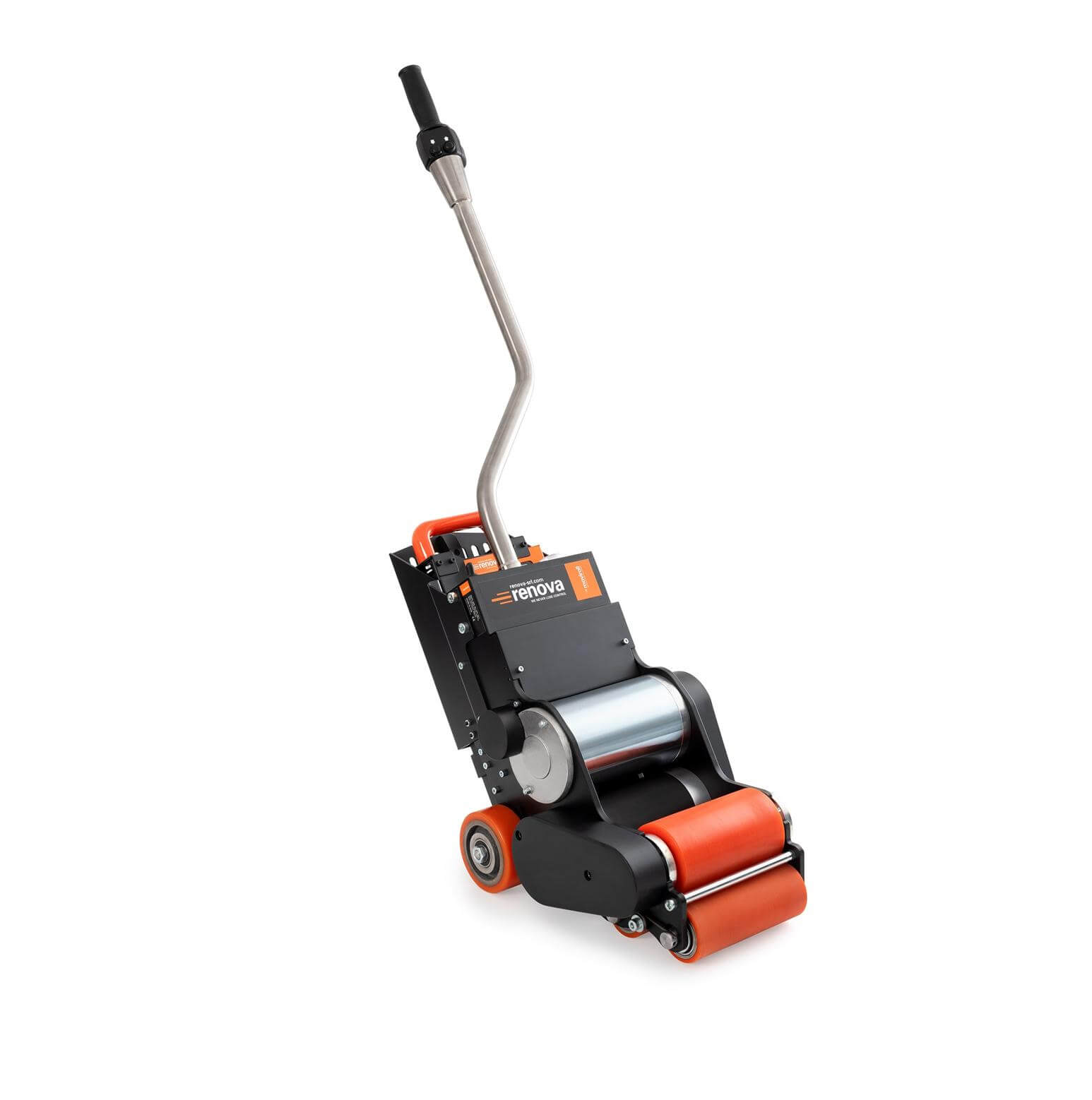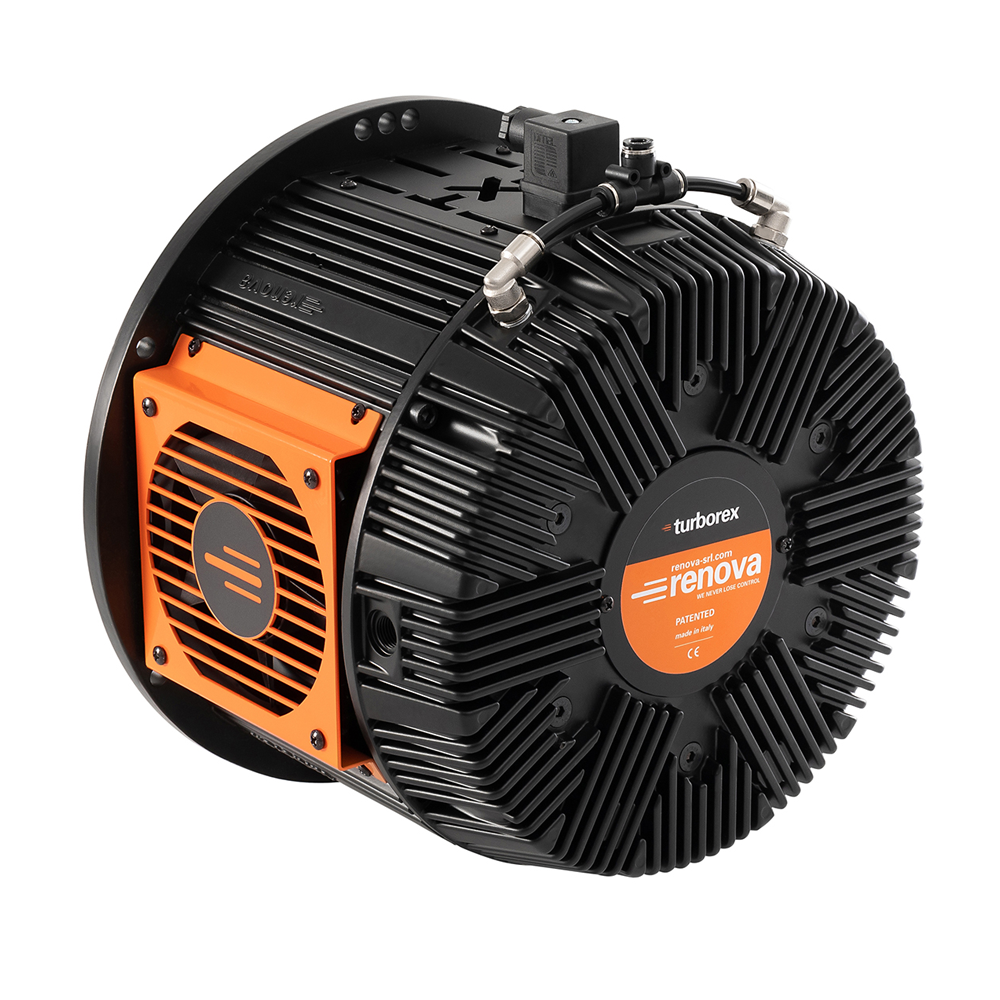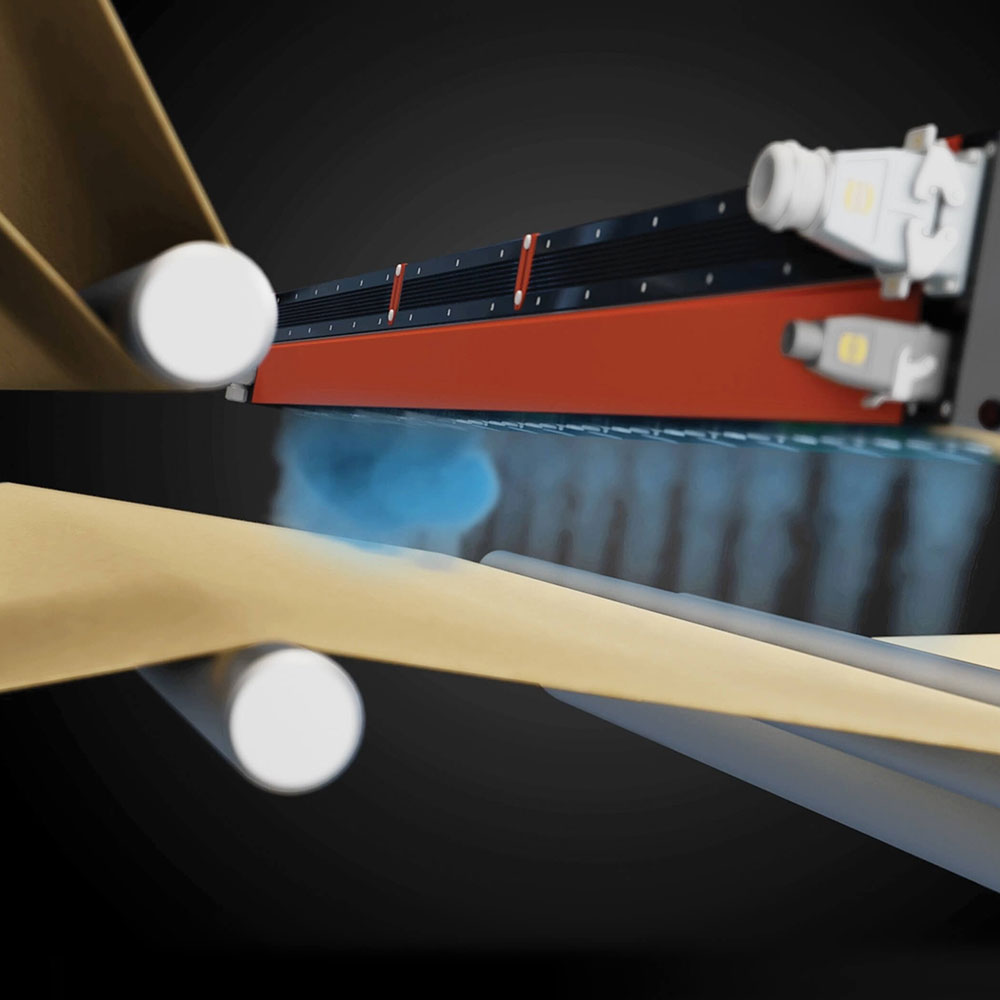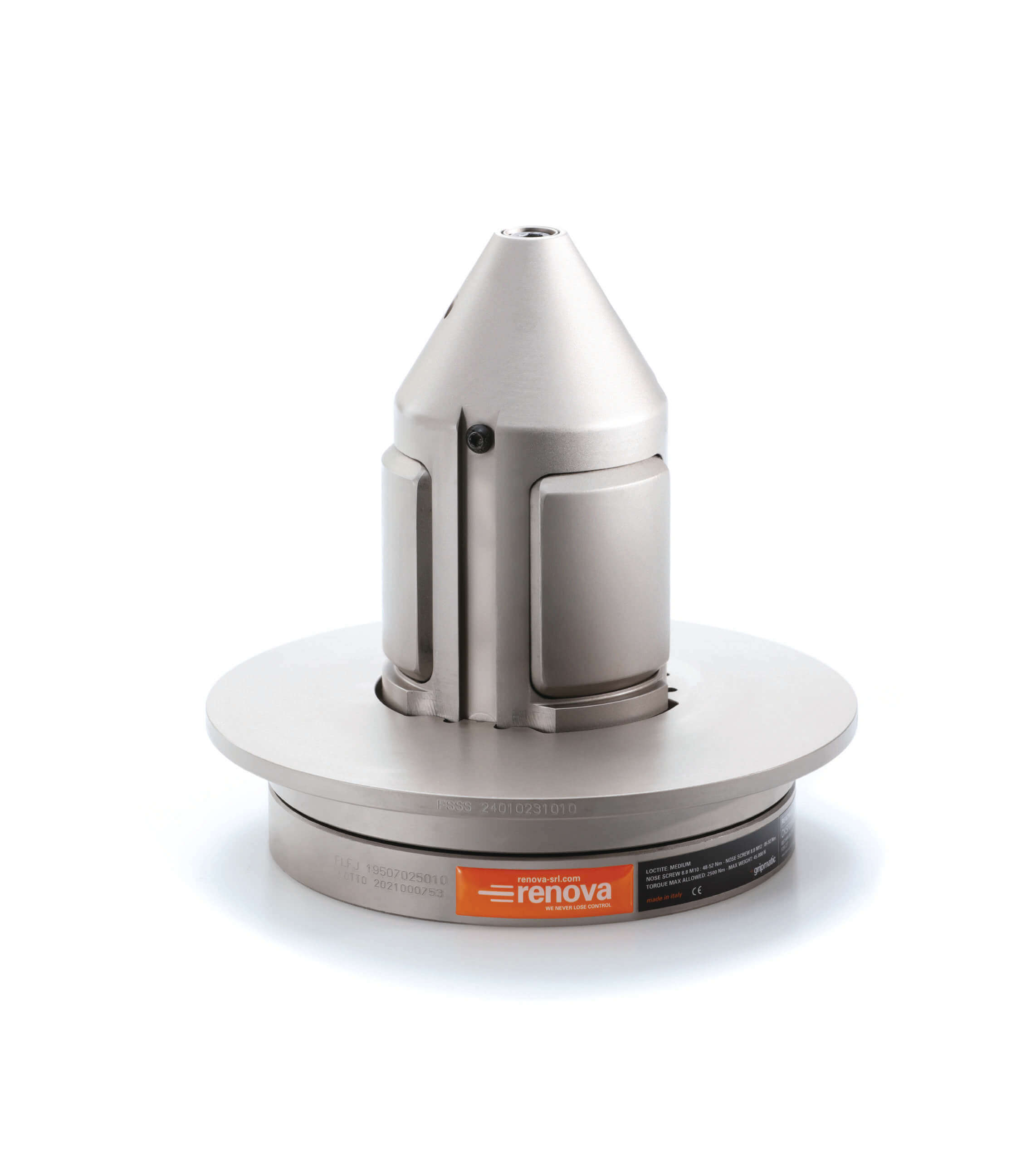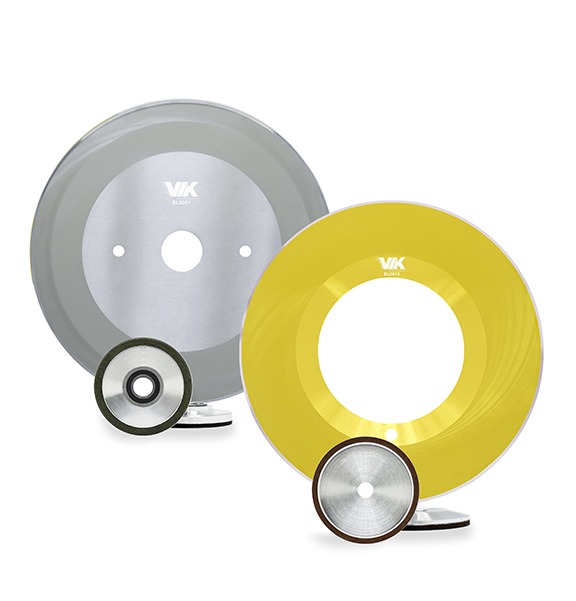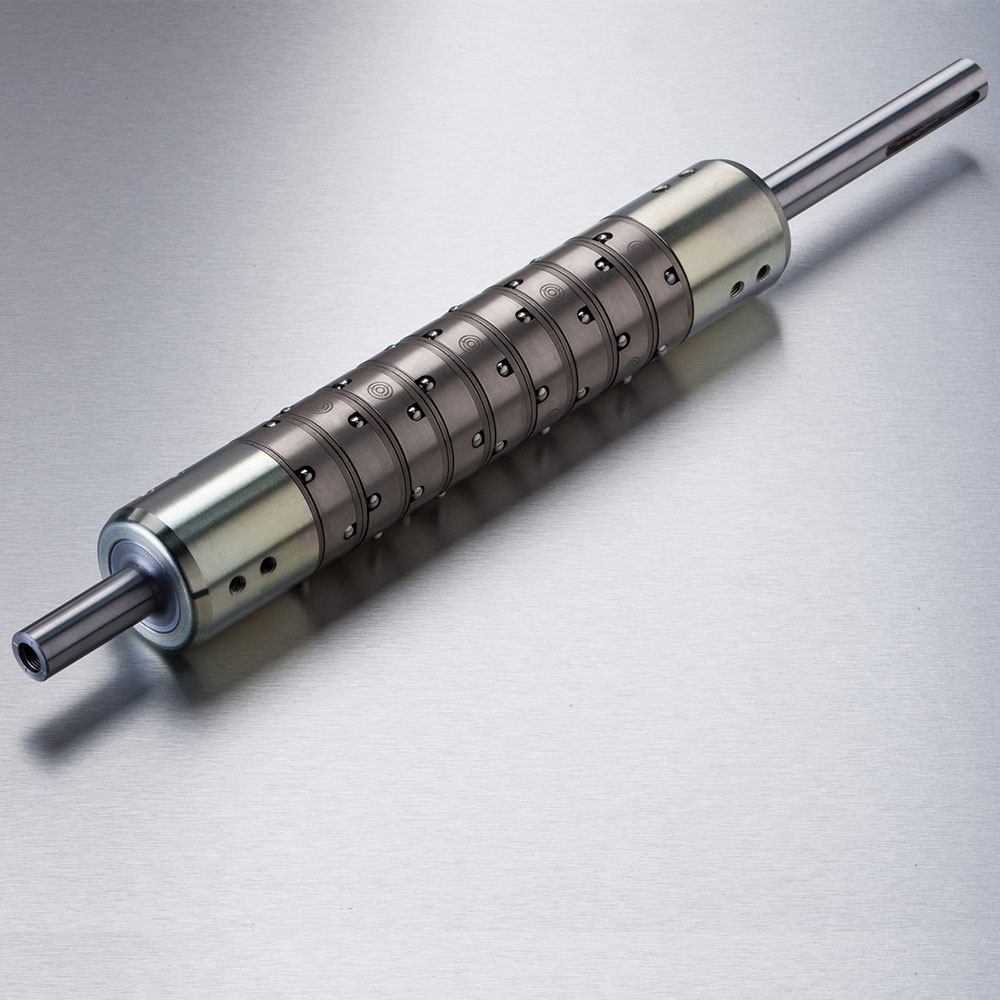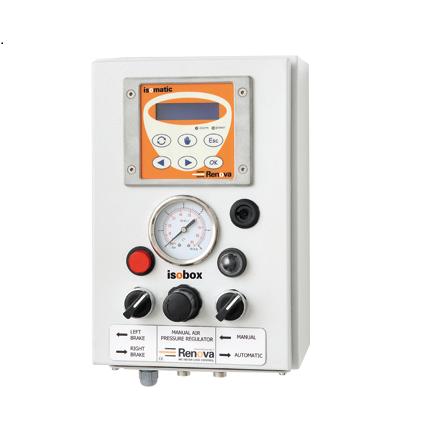CST Systems | Solutions for your corrugator and converting needs.
Testimonials
CST Sales and Service
Thanks for the great customer service… it is nice to have a company to work with that follows through quickly with an issue.
CST Clean-Cut Converting Knives
They are cheaper and better. Switching to y’all is a no brainer.
Waste Reducer Chuck
[If someone says a chuck is a chuck] they’ve never tried these [CST chucks]. I’ve been in this business for over 20 years and I can tell them that the right chuck makes a big difference… in the maintenance and production of any corrugator.




